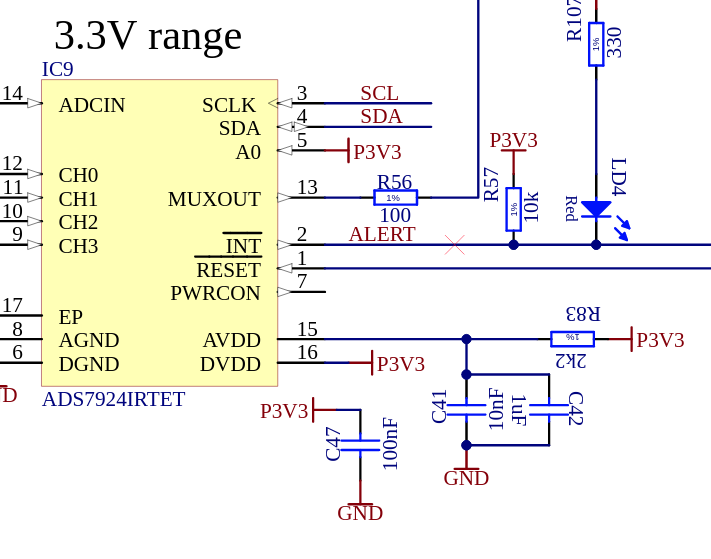What are the timing requirements for the software reset on the ADS7924? It doesn't appear to be mentioned anywhere in the datasheet (similar vein to e2e.ti.com/.../755048).
I've placed a 100uS delay between sending the software reset request and attempting an I2C transaction with the device, but that doesn't seem to be sufficient. Increasing the delay to 500uS does seem sufficient in my test cases so far, but I'd like to know the actual required duration.
Instead of waiting for a fixed duration, I've also tried continuously polling the device over I2C, but when this is employed, the device will never ACK again (even over multiple minutes)



